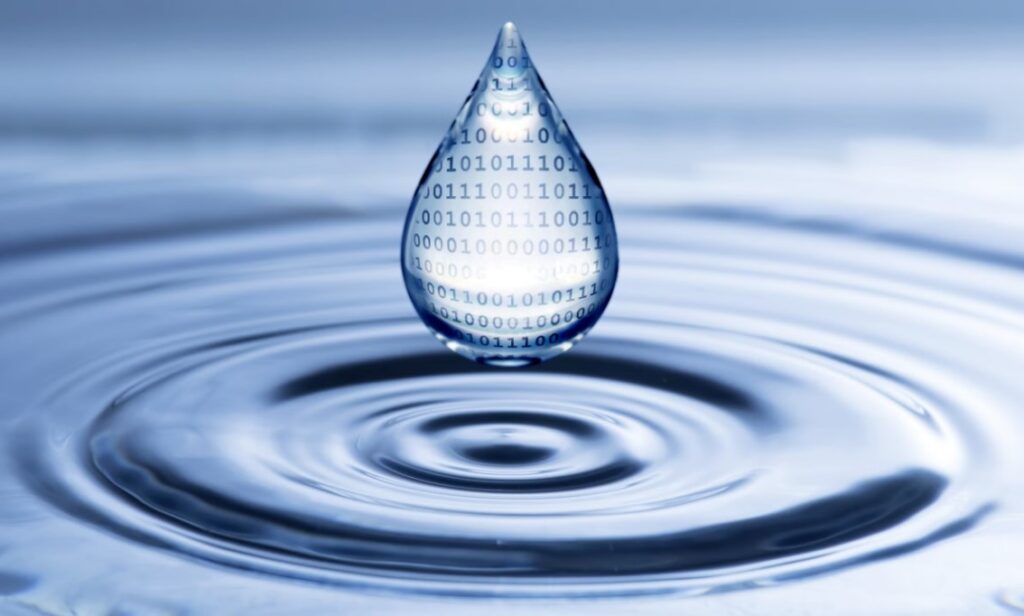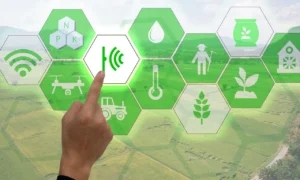For the better, artificial intelligence has permeated every industry. The water business is one vital area that is reaping the benefits of AI. Even though it comes in limited quantities, it is the most fundamental resource for human survival. Only around 2.5 percent of Earth’s water is drinkable. There has to be greater management and conservation of this natural resource since just 0.5% of it is usable.
The shortage worldwide is a very serious problem. The fact that some regions of the country experience constant downpours, while others experience droughts, exacerbates the shortage of potable water.
Wells, public tanks, and artificial lakes were traditional conservation methods. However, due to fast urbanization, these old ways have been mostly forgotten. As a result, adjustments are necessary to meet the country’s expanding population’s water needs.
AI comes into play at this point. The current resources might be better cleaned, distributed, and managed using artificial intelligence.
Benefits of AI in the Water Industry
No matter how or what, it is crucial to point out that leakage is one of the most pressing problems with water distribution and storage. There is enough for 150 million people in Asia alone, yet 29 billion cubic meters of it is squandered due to leakage.
The amount of water lost each year due to even a little leakage was 11,000 liters. Therefore efforts to save some must be made on time. Against this background, let’s examine how artificial intelligence solutions like Fido Tech may significantly impact the water industry.
1. Tackling Water Leakage
Artificial intelligence provides a mechanism to detect these leaks since a significant volume of water is lost to them. In addition to helping with conservation, it also helps keep structures safe. For example, a leak anywhere from a single household unit to an entire city’s worth of pipelines, towers, and faucets would be difficult to detect.
Modern AI-powered systems use complex algorithms to recognize typical water use patterns and then technology to detect outliers in the data. If a leak is discovered at any point, a message with the precise position of the leak will be sent out promptly, enabling a speedy correction. Time and water might be saved in this way.
2. Water Quality Management
Leaks and waste aren’t the only problems; the quality is another major concern. According to the World Health Organization, contamination impacts more than 2 billion people. However, problems like these with quality may also be solved with artificial intelligence.
Artificial intelligence helps detect pipeline contamination sources, including leaks. Deployed technology may assist in providing alarms and calling for an instant correction if there is a discrepancy in quality.
Chemical sensors, such as chemical test strips, have existed for some time. However, AI allows for the rapid identification of contamination via sensors. Such systems may be implemented across cities to manage quality.
3. Smart Water Distribution

Source: avkvalves.eu
Supply systems may enhance their efficiency and better judge distribution by using data on use from various areas. The technology may assist by automatically rerouting the flow based on use patterns.
The algorithm analyzes and categorizes the sensors and consumers’ crucial data. Distribution in cities and other metropolitan areas will be better organized, leading to savings, particularly in areas where theft is prevalent.
4. Unhindered Communication
Another area where AI is reshaping distribution and management is open and honest communication. An integrated AI-based system now alerts consumers of any leaks or delays in supply instead of having to call the supply board and wait for them to take action.
Therefore, artificial intelligence assists in keeping people updated about the water supply in their respective areas from various sites. In the event of delays in repairing the leaks, it also helps hold the authorities responsible.
5. Energy Efficiency and Sustainability
AI can optimize energy usage in water treatment and distribution while reducing costs and carbon dioxide emissions. Given these processes’ high energy consumption, AI optimization might greatly benefit them. By studying past water usage trends, AI can forecast future demand for water treatment and network distribution. It is also possible to optimize the distribution network with the help of AI.
Artificial intelligence can locate areas of the network that are over- or under-used by examining flow rates, pressure, and other data. To effectively distribute water while reducing energy usage and carbon emissions, this may be used as a decision-support system to make network adjustments.
6. Increased Savings

Source: accesswire.com
Putting state-of-the-art systems in place will ultimately save money and water. The actors in the technology industry, the government, and local governments may pool their resources to improve engineering and purification systems.
7. Water Conservation
Near home, smart meters may discover leaks and pipe breaks in residential flats, leading to improved energy-efficiency systems. Smart meters used in South Korea have lowered their leakage and expenses by 20%.
To accommodate the utilities’ rising need for IoT solutions, telecoms are strengthening their skills by working with IoT platform providers with experience in the water industry.
At a municipal level, these systems will prevent pilferage and waste and reduce unaccounted-for water. AI systems so equipped will be able to estimate the demand and manage distribution more effectively. Research indicates that water utilities’ smart meter installations globally will grow by 28% to reach almost 400 million units in 2026.
Concluding Thoughts
A big obstacle for these AI systems will be the first cost-benefit analysis, adaptation, and data shortage in many areas and businesses. Anyway, we must approach AI flexibly in light of these obstacles.
Artificial intelligence (AI) will undoubtedly revolutionize the water and infrastructure industries in various ways. AI can solve many of the industry’s most critical difficulties, from enhancing resource management to tackling climate and flood resilience concerns.
To secure a sustainable and effective future for our infrastructure systems, we anticipate that as technology develops, even more innovative solutions will emerge.















